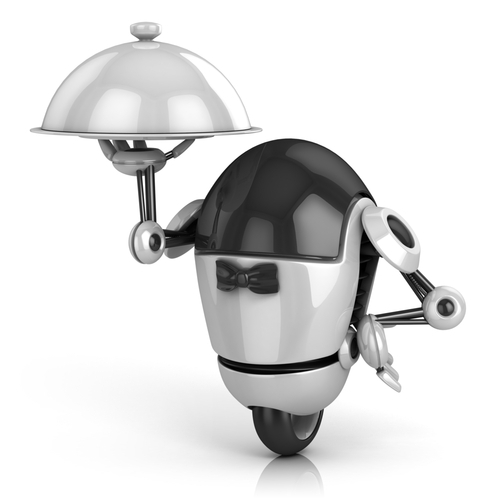We all know that All-Electric Injection Moulding Machines are more accurate, use less power and are quieter than hydraulic models. So what happened to the 2004 predictions of a year on year increase in their usage?
With over 50 years combined experience at PlastikCity, we have seen the move from fixed to variable displacement pumps and the introduction of hybrid, All-Electric and hydraulic servo technology. As things stand today however, most major manufacturers still only see between 15 and 20 % of their sales accounted for by All-Electrics, many of which find their way into specialist sectors such as medical and packaging applications. This is the same percentage as 10 years ago. In the case of the trade moulding sector this percentage has probably actually decreased.
So why did so many companies move to all electric 10 years ago?
Possible reasons include:
- Higher relative power costs for Industry.
- Interest free government backed loans for reducing CO2 emissions.
- Companies had a higher percentage of older technology equipment, so the above two points had greater significance.
- Some electric machines being produced had similar shot weights to hydraulic equivalents.
- There was a ‘buzz’ about this major change in technology, so companies wanted to show that they were at the ‘cutting edge’
- It was perceived that Electric machines were cleaner than hydraulic models (in reality, their clamping mechanism and moving platen bushes still needed lubrication).
What changed?
Reduced power costs and the loss of government incentives are obvious factors, but not the only ones:
- Energy Savings. Electric machines can achieve Specific Energy Consumption figures of 0.3 kWh of power consumed per Kilo of material processed. Compared to older machines with figures as high as 1.2 kWh/Kg, this was obviously very significant. Now however, even standard hydraulic machines can achieve an S.E.C.figure of 0.5 kWh/Kilo.The introduction of servo driven pumps can bring this figure down further, and where there are long static phases to the moulding cycle, they can get very close to All Electric levels.
In conclusion, when you factor in relatively low energy costs and consider the significant price differentials between technologies, ‘pay-back’ on investment is no longer attractive.
- Cost of Ownership. Time has shown that maintenance costs can be higher for Electric machines, components such as technical ball screws, multiple inverter drives etc. being costly to replace. You are also less likely to be able to carry out repairs without an OEM engineer being involved.
- Market Changes. Trade moulding requirements are more difficult to meet. Shot weights being offered on All Electric Models are now relatively lower (partly to help protect expensive components) than hydraulic/hybrid equivalents.
Of late the average machine size being bought has been higher (and larger Electric machines are relatively more expensive) and core pulling is usually specified. This means that modern Electric machines either have a small hydraulic circuit as standard, or have to have an expensive stand-alone power pack, so aren’t strictly All-Electric.
So what’s the future?
Many would say the future is still all electric and we wouldn’t disagree. For this to happen however we believe many factors would have to change:
- Power costs would need to increase dramatically which many say will happen.
- Drive technology for electric machines would need to become less expensive and simpler to maintain.
- Costs to buy and dispose of hydraulic oil would need to increase.
- Capital cost differences between hydraulic and electric machines (especially above 200 tonnes) would need to be reduced.
- Technical and maintenance skill levels in moulding shops would need to be increased above today’s levels.
Where does this leave us?
In our opinion All Electric machines may still be the future but as it stands today, they aren’t always the best solution, even if price is not a consideration.

